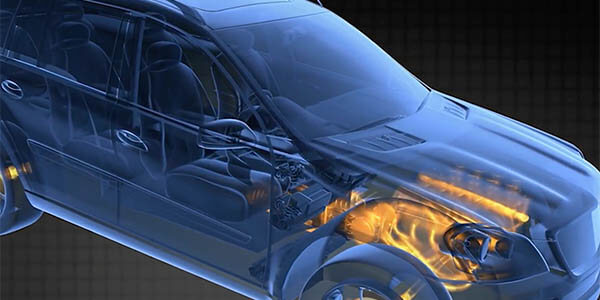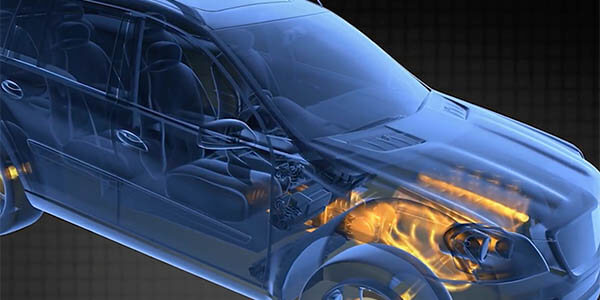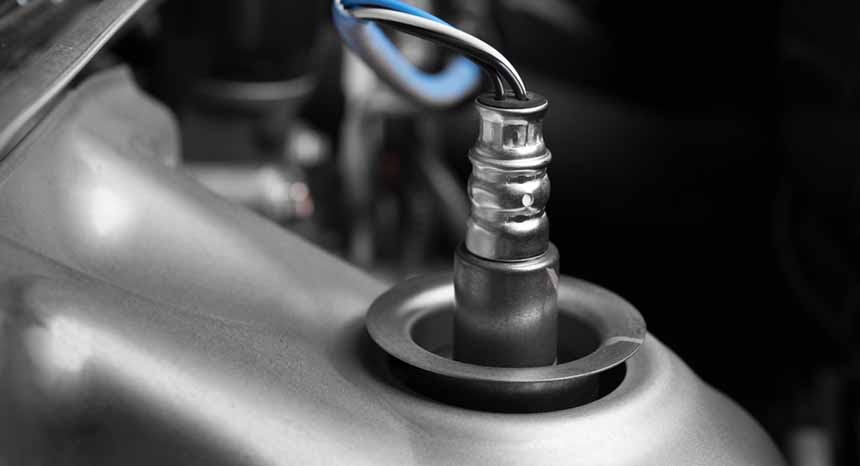In the next video in his educational series on Air, Fuel and Spark, Clint Cooper, Head Trainer at AP Emissions, explains diagnostic tips pertaining to the intimate relationship between fuel and air on keeping internal combustion engines operating efficiently.

Episode Overview
• Review of first video’s content (00:08)
• First: Check fuel trims (00:19)
• What is the ideal air:fuel ratio? (0:22)
• Explanation of what stoichiometry is and how it impacts emissions efficiency. (0:33)
• The vehicle works to maintain that ideal air fuel ratio by adjusting the amount of time or the injector pulse width that fuel enters the combustion chamber. (0:40)
• Check catalytic converter efficiency by monitoring total fuel trims. (1:01)
• What to look for if your engine is running rich. (1:10)
• What to look for if your engine is running lean. (1:45)
The first thing you want to do is check your fuel trims. An air fuel ratio of 14.7 air to fuel is ideal for most gasoline combustion engines when they’re operating in normal closed loop operation. The further you are from stoichiometry, the more likely it is that you’re going to trigger a catalyst inefficiency code. The vehicle works to maintain that ideal air fuel ratio by adjusting the amount of time or the injector pulse width that fuel enters the combustion chamber. Pollution production is minimized when you’re at stoichiometry and the efficiency of the catalytic converter at reducing that pollution is maximized when you’re near stoichiometry.
If you notice that you’re running rich, you’ll want to check the following things:
- Mass airflow sensor – check if that is dirty or defective.
- O2 or air fuel sensors – make sure those aren’t lazy or defective.
- Engine cooling temperature sensor – make sure that’s not defective. Perhaps it’s sending a false cold signal that causes the ECM to go rich.
- Leaking or dribbling fuel injectors – A fuel pressure leak down test can help detect this.
- Fuel pressure regulator – Again, a fuel pressure leak down test can help isolate that.
- Exhaust leaks or pinholes before the O2 sensor, look for those.
If you notice that you’re running lean, here’s some things you can check:
- Mass Air Flow Sensor could be dirty or defective.
- O2 sensors could be lazy or defective.
- Vacuum Leaks from intake gaskets or hoses.
- Clogged or dirty fuel injectors could also be an issue.
- Exhaust restrictions such as a clogged catalytic converter could also cause a leak condition.





